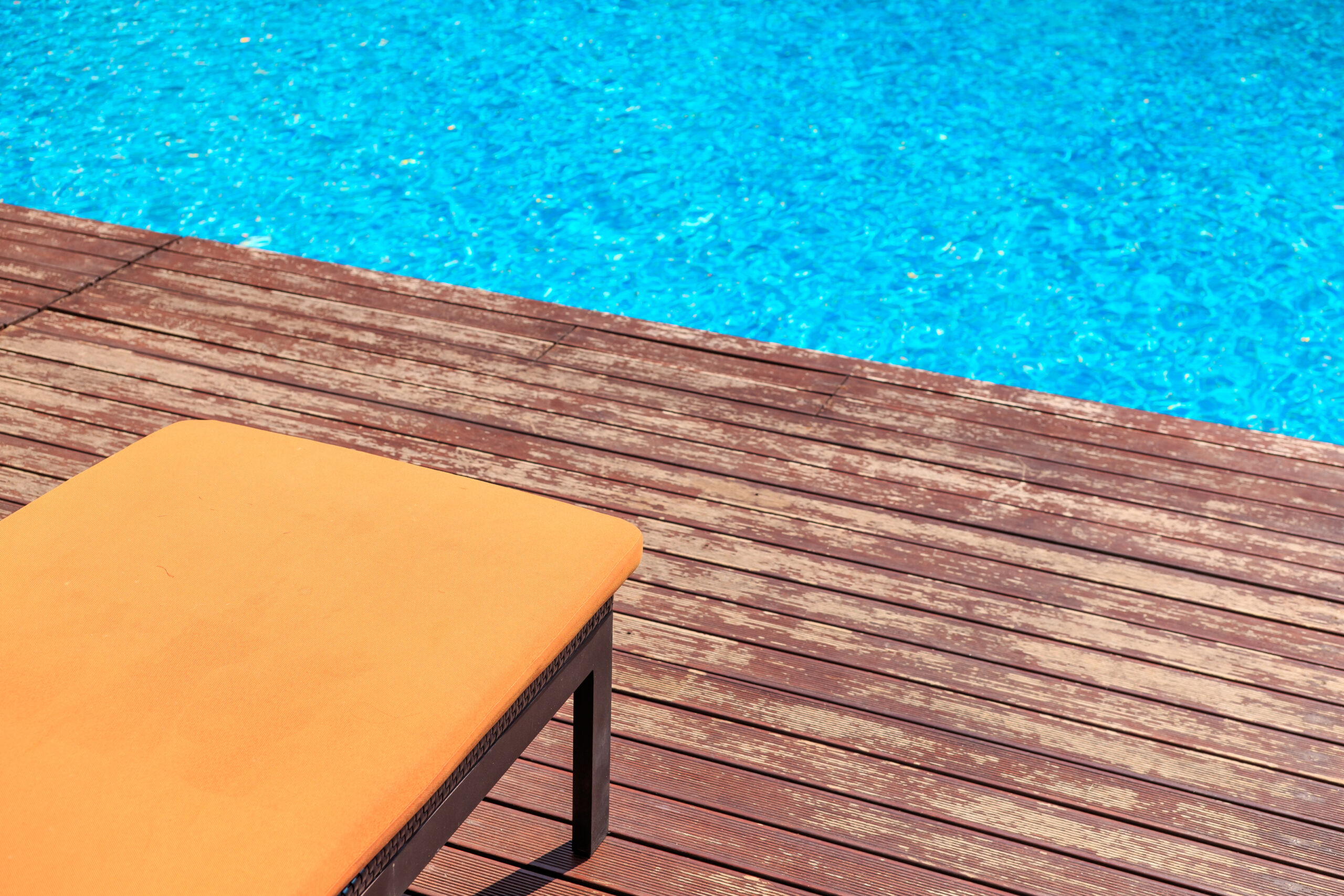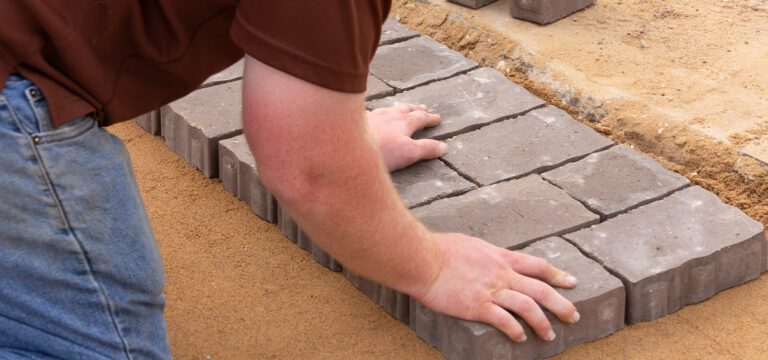Choosing the Best Material for Pool Decks: A Comprehensive Guide

When it comes to designing a pool area, one of the most important aspects to consider is the material chosen for the pool deck. This surface not only affects the overall aesthetic appeal of the space but also plays a crucial role in safety and maintenance. Therefore, selecting the best material for your pool deck is essential to ensuring both the functionality and visual appeal of your pool area.
Various materials can be used for pool decks, each offering unique advantages and drawbacks. When making a decision, considering factors such as slip resistance, durability, maintenance, and cost will help you determine the most suitable material for your specific needs. Additionally, reflecting on the overall design and aesthetic preferences of your outdoor space will help you create a cohesive and inviting pool area.
With the plethora of materials available for pool deck construction, making a decision can feel overwhelming. In this article, we will explore some of the most popular materials and discuss their unique characteristics, focusing on their safety, durability, and aesthetic features. This in-depth information will provide a solid foundation to make an informed decision when selecting the best material for your pool deck.
Evaluating Pool Deck Materials
Concrete: Versatile and Customizable
Concrete is a popular choice for a pool deck material due to its versatility and customization options. With a variety of textures, colors, and patterns available, a concrete pool deck can be tailored to suit your unique style. There are two popular types of concrete: poured concrete and stamped concrete. Poured concrete offers a smooth and slip-resistant surface, while stamped concrete allows for more intricate designs and imitations of natural stone. Both options are durable, weather-resistant, and low-maintenance, making them ideal for pool decks in various climates.
Natural Stone: Timeless Elegance
Natural stone possesses a charm and beauty that stands the test of time. Popular choices for pool decks include granite, travertine, sandstone, limestone, and flagstone. These stones come in a range of colors and textures, providing a rich palette for creating a distinctive pool deck. Although they may require slightly more maintenance than concrete, natural stone decks are weather-resistant, durable, and possess a unique aesthetic appeal that enhances your outdoor space.
Pavers and Bricks: Durable Charm
Pavers and bricks are also great options for pool decking materials, providing a durable and charming atmosphere. Pavers can be made from cobble, clay, or concrete, while bricks are typically created from clay, and both materials come in a variety of colors and patterns. Despite their durability and resistance to weather and wear, pavers and bricks can be slippery when wet, so they require textured surfaces to increase traction. They also require a proper installation to ensure long-lasting performance.
Wood and Composite: Warm and Modern
Wood and composite decking materials provide pool decks with a warm, inviting, and modern look. While traditional wood decks, such as teak, demand regular maintenance, they offer a classic and organic touch to your pool area. On the other hand, composite decking, made from a mix of wood fibers and plastic, requires minimal maintenance and is resistant to moisture and mildew. Although both wood and composite decks can become slippery when wet, opting for a grooved or textured surface can help improve traction.
Tiles and Stones: Sophisticated and Unique
Finally, tiles and stones create a sophisticated and unique decking surface for your pool area. Materials such as glazed tile, marble, and slate can add an artistic touch, and with various color, texture, and pattern options, you can create a customized and eye-catching design. These materials may need extra maintenance, and they may become slippery when wet, so consider a textured surface to provide more grip. Nonetheless, a tile or stone pool deck can make a luxurious statement and elevate the overall appeal of your outdoor space.
Designing for Comfort and Safety
Slip Resistance and Texture
A major consideration for pool decking is slip resistance and texture. It’s crucial to select a material that provides a non-slip surface to ensure safety around the pool area. Some popular pool decking options with slip-resistant properties are concrete, natural stone, and composite decking. It’s important to note that certain textures and patterns can also be added to these materials, such as sand or exposed aggregate, to further enhance slip resistance.
Heat Resistance and Comfort
Another significant element of pool decking design is heat resistance and comfort. It’s essential to choose a material that stays cool underfoot even during hot summer days, such as natural stone or light-colored concrete. Avoid materials that retain too much heat, as this can cause discomfort for swimmers. Additionally, lighter colors tend to stay cooler compared to darker shades.
Maintenance and Longevity
The maintenance and longevity of your pool deck material should be a top priority as well. Durable, low maintenance materials like composite decking, concrete, and natural stone are ideal options for pool areas. These materials resist common issues such as mildew, mold, and staining, ensuring a long-lasting and attractive deck. When considering maintenance, also take into account any treatments or sealants that may be needed over time.
Professional Installation and Finishing Touches
Lastly, do not overlook the importance of professional installation and finishing touches. Hiring a professional landscaping and decking company ensures that your pool area will be correctly installed, reducing the risk of future issues or damages. Furthermore, professional assistance can accentuate the beauty of your pool area by seamlessly incorporating the decking into your overall landscape design, including elements such as pool coping and surrounds.
Planning for Budget and Maintenance
When choosing the best material for pool decks, it’s essential to consider factors such as budget, maintenance, and aesthetics. In this section, we will discuss cost-effective material options, maintenance requirements, and customization possibilities to help you make an informed decision.
Cost-Effective Material Options
For those on a budget, there are several materials to consider:
- Composite Material: This material is a combination of wood and plastic, offering durability and low maintenance at an affordable price. It comes in various colors and styles, giving you the flexibility to match your pool’s aesthetic.
- Concrete: A popular choice, concrete is durable, versatile, and cost-effective. You can customize it with various colors, textures, and finishes to suit your desired aesthetic.
- Brick: Known for its durability and aesthetic appeal, brick is an affordable option that can create a classic or contemporary look.
- Pavers: Available in various materials, such as concrete or stone, pavers offer a versatile and budget-friendly option for pool decks.
Maintenance Requirements
Different materials have varying levels of maintenance:
- Composite Material: Low maintenance, only requiring occasional cleaning and periodic sealing.
- Concrete: Low maintenance, but may need sealing and repairs over time to prevent cracks and chipping.
- Brick: Requires regular maintenance, such as sealing, to prevent damage from moisture and chemicals.
- Pavers: Low maintenance, with individual pavers easily replaced if damaged.
Customization and Aesthetics
A pool deck should not only be functional but also enhance the overall aesthetics of your pool area.
- Composite Material: Offers a variety of colors and styles to complement your pool design.
- Concrete: Can be customized with colors, textures, and finishes to achieve your desired look.
- Brick: Available in various colors and patterns, allowing you to create a visually appealing pool deck.
- Pavers: Offer a wide range of colors, shapes, and sizes, enabling customization to suit your design preferences.
By considering your budget, maintenance requirements, and desired aesthetics, you can choose the best material for your pool deck that will meet your needs and create an attractive outdoor space.
Adapting to Climate and Environment
Weather and Climate Considerations
When choosing the best material for your pool deck, it’s essential to consider the local weather and climate. Weather-resistant materials help prevent cracks and damage caused by changes in temperature, such as frost and intense heat. Some popular pool decking options include:
- Natural Materials: These are traditional options like wood, which comes in various types based on their resistance to weather conditions.
- Composite Materials: These combinations of wood fibers and plastic offer a weather-resistant and durable solution for pool decks.
Keep in mind that certain materials may require more maintenance in specific climates. For instance, wood decks may need regular sealing and staining in an area with heavy rain and humidity.
Drainage and Slope Management
Proper water drainage and slope management are crucial when selecting materials for your pool deck. Adequate drainage prevents standing water, reducing the risk of accidents and potential damage to the deck. Some suitable options for patios and decks with efficient drainage include:
- Aggregate: A mixture of small stones, gravel, and other materials is popular for its excellent drainage capabilities.
- Gravel: A versatile material, gravel allows water to drain easily and can be used in combination with other materials.
When planning your pool deck project, ensure that the surface slopes gently away from your pool to promote good drainage. The deck’s structure should also include adequate space beneath it for airflow to prevent moisture buildup, mold, and mildew growth.
Landscape Integration and Ecosystem Impact
Landscaping and backyard design play a crucial role in selecting the best pool deck material. Your choice should enhance your space, blend with the surrounding landscape, and minimize its impact on the environment. Some factors to consider:
- Integration: Choose a material that complements the existing features of your backyard, such as patios, gardens, walkways, and vegetation. Natural materials often blend seamlessly with the environment.
- Sustainability: Opt for eco-friendly and durable materials that minimize the impact on the local ecosystem. Examples include sustainably sourced wood, recycled composite material, or locally mined rock.
Considering all these factors will ensure that your pool deck adapts to the climate and environment, is functional, attractive, and in harmony with your backyard and the surrounding ecosystem.






